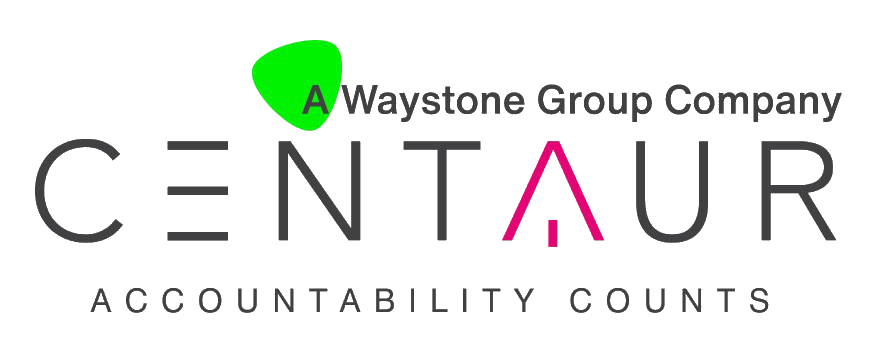5 TIPS FOR SUCCESS WHEN APPOINTING A PRIVATE EQUITY FUND ADMINISTRATOR

Whether out-sourcing administration for the first time or considering moving to an administrator with more experience and focus on the private equity sector, Centaur, a Waystone Group company, shares our best practices for a smooth transition:
1. Service Level Goals
The first step to an effective administration appointment is to define your objectives and goals. Clear and timely communication is key to addressing potential issues that may arise. At Centaur, dedicated teams are put in place for the on-boarding of each private equity fund client.
2. Knowledge Transfer
It is vital for the administrator to obtain a full understanding of the fund’s existing operations and structure, including all SPVs and co-investment vehicles. Centaur assigns a client service team well in advance of any service start-up date. All fund records and LP allocations are checked as part of the on-boarding process. Additional reviews of existing procedures identify efficiencies improvements and ensure industry best practice is followed, ultimately leading to better reporting once the administrator appointment goes live.
3. Data Collection and Integration
Bringing both financial and non-financial data from disparate sources into a new system can be a mammoth task. Funds store data in different formats, from spreadsheets to complex databases, which the new administrator must collate and integrate into its technology platform. It is critical for the fund administrator to have strong experience managing migrations, robust systems and reconciliation processes in place to ensure accurate collection and integration.
4. Parallel Administration
Operational stability is core to a successful transition service. In the period between contract signing and service start-up, experienced administrators execute a parallel administration service. Bank accounts are set up, legal documents reviewed, accounting records shadowed, and relationships are developed with the fund’s external service providers, such as auditors, lawyers and bankers. These steps ensure greater efficiency and no unnecessary costs down the road.
5. Administration Services Go Live
During this final phase of the on-boarding process, systems and processes are tested, reporting is prepared, and sign off obtained from stakeholders. Once the fund is up and running, Centaur’s client service team continuously anticipates clients’ future requirements and always ensure their clients follow industry’s best practice.
Des Johnson, Global Chief Revenue Officer at Waystone, says “Appointing a third party administrator is a big decision, but it doesn’t have to be a difficult one. Waystone has a huge amount of experience in onboarding, whether GPs are outsourcing administration for the first time or considering moving to an administrator with more experience and focus on the private equity sector. Our transition services team is the most experienced in the industry and are at hand every step of the way to ensure continuity of service offering.”

